Insights into the $N=126$ Shell Closure
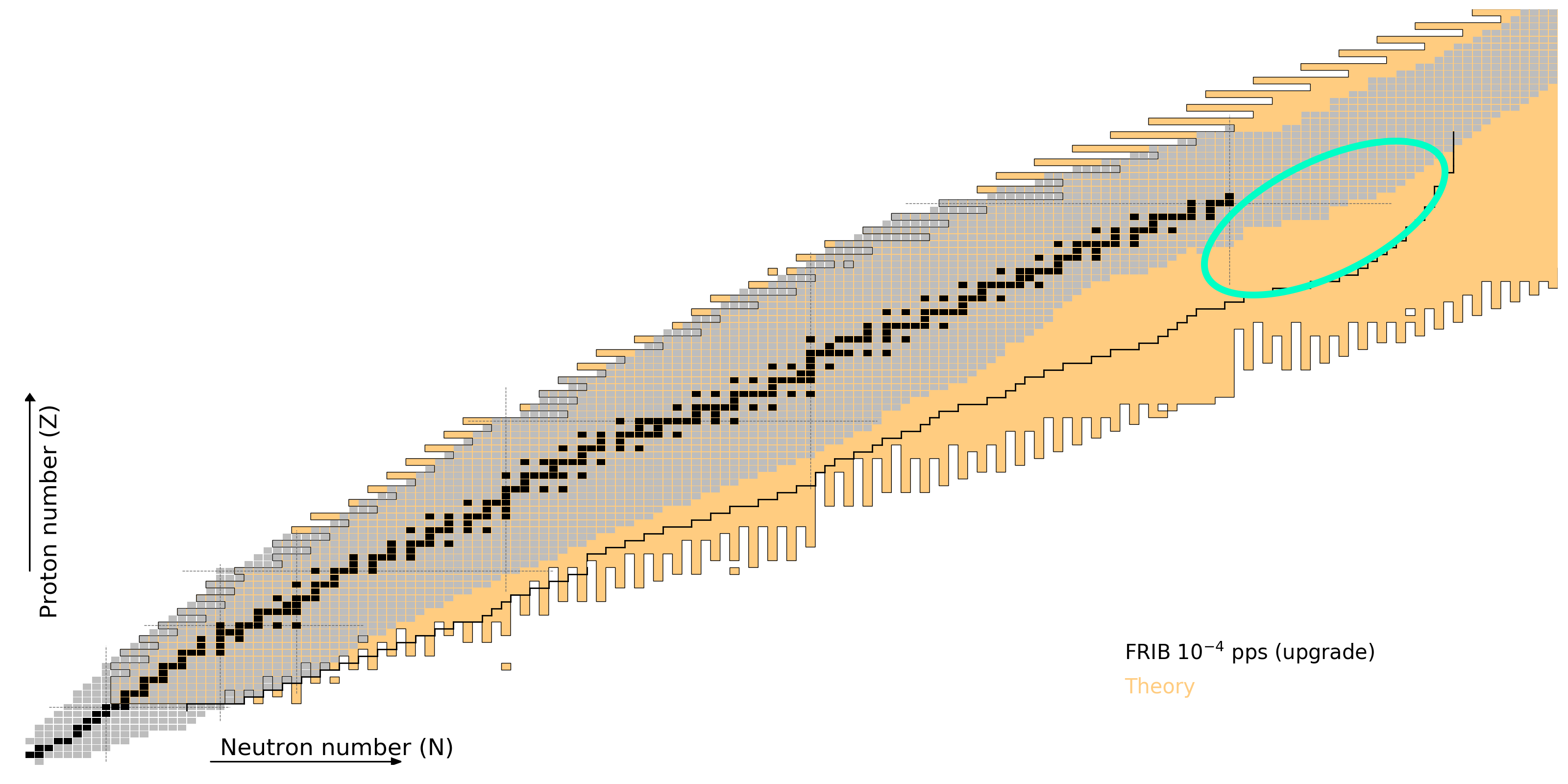

LA-UR-19-25586
Matthew Mumpower
Workshop on Nuclear Astrophysics Opportunities at ATLAS
Saturday July 13$^{th}$ 2019

FIRE Collaboration
Fission In R-process Elements
Why is the $N=126$ shell closure interesting?
The evolution of nuclear structure throughout the chart of nuclides
GT or FF contributions could dominate in this region for nuclear $\beta$-decay
For the study of reactions ($\gamma$-strength and nuclear level densities)
Formation of the elements in astrophysical environments ($r$-process)
How much actinides are produced in nature? What about superheavies?
Important for high opacity elements (both lanthanides & actinides) that can impact light curves
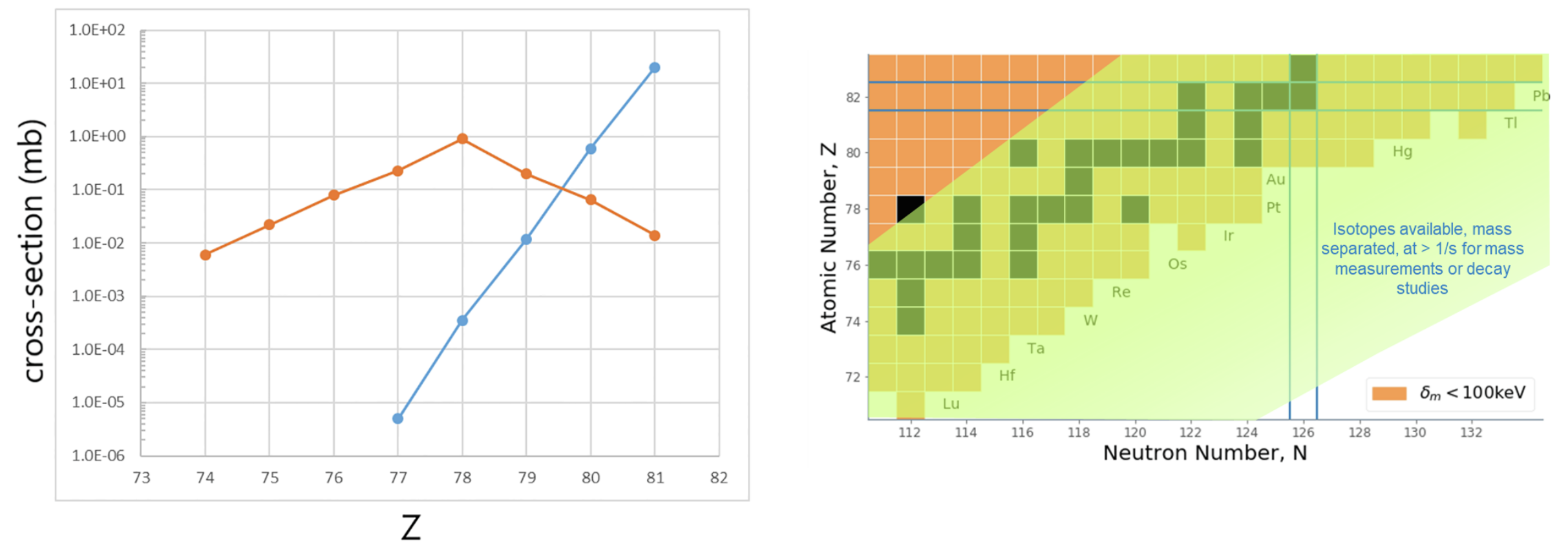
The $N=126$ shell gap
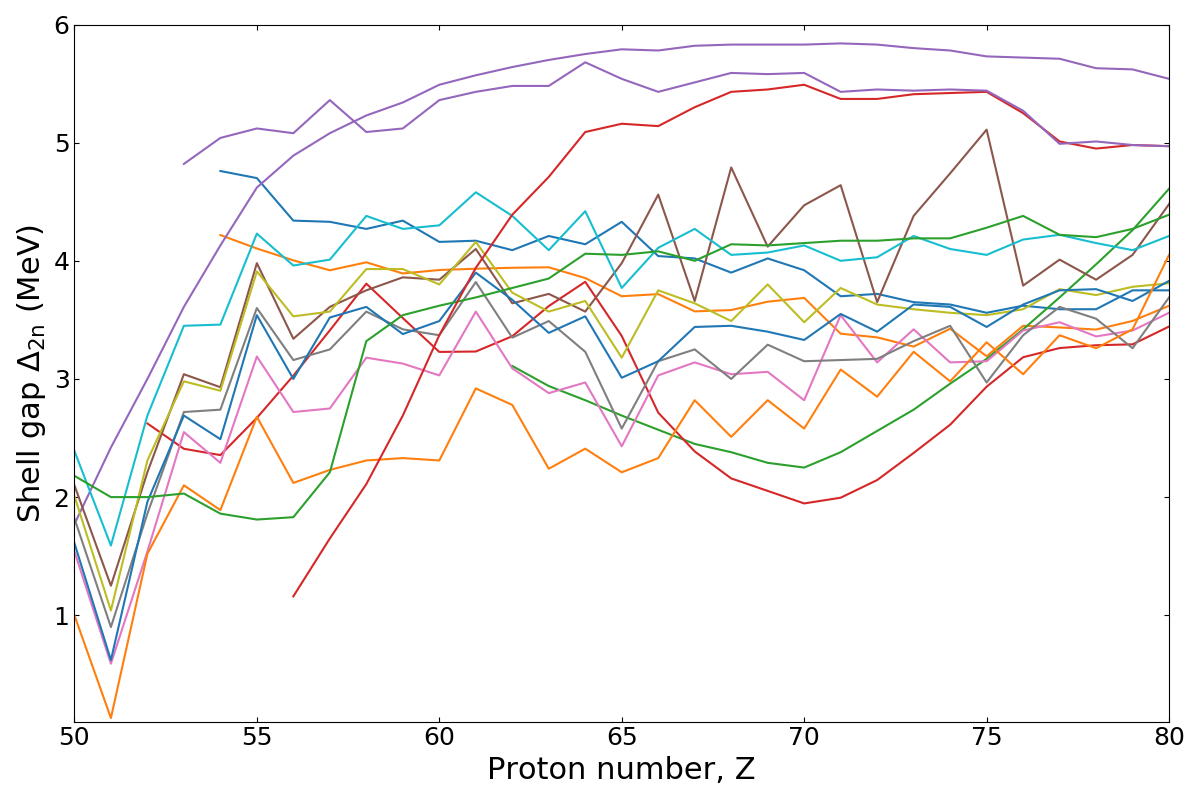
The shell gap can be used as a measure of the strength of a shell closure
A strong shell closure is baked into present nuclear models ($\Delta_{\rm 2n}$ rather flat and $> 0$)
For nucleosynthesis this means it takes awhile to get beyond this hangup spot
Importance for the $r$-process
A dirty secret: nucleosynthesis simulations have trouble reproducing
(1) the peak height (2) peak height relative to $A=130$ and (3) the position of the $A=195$ peak
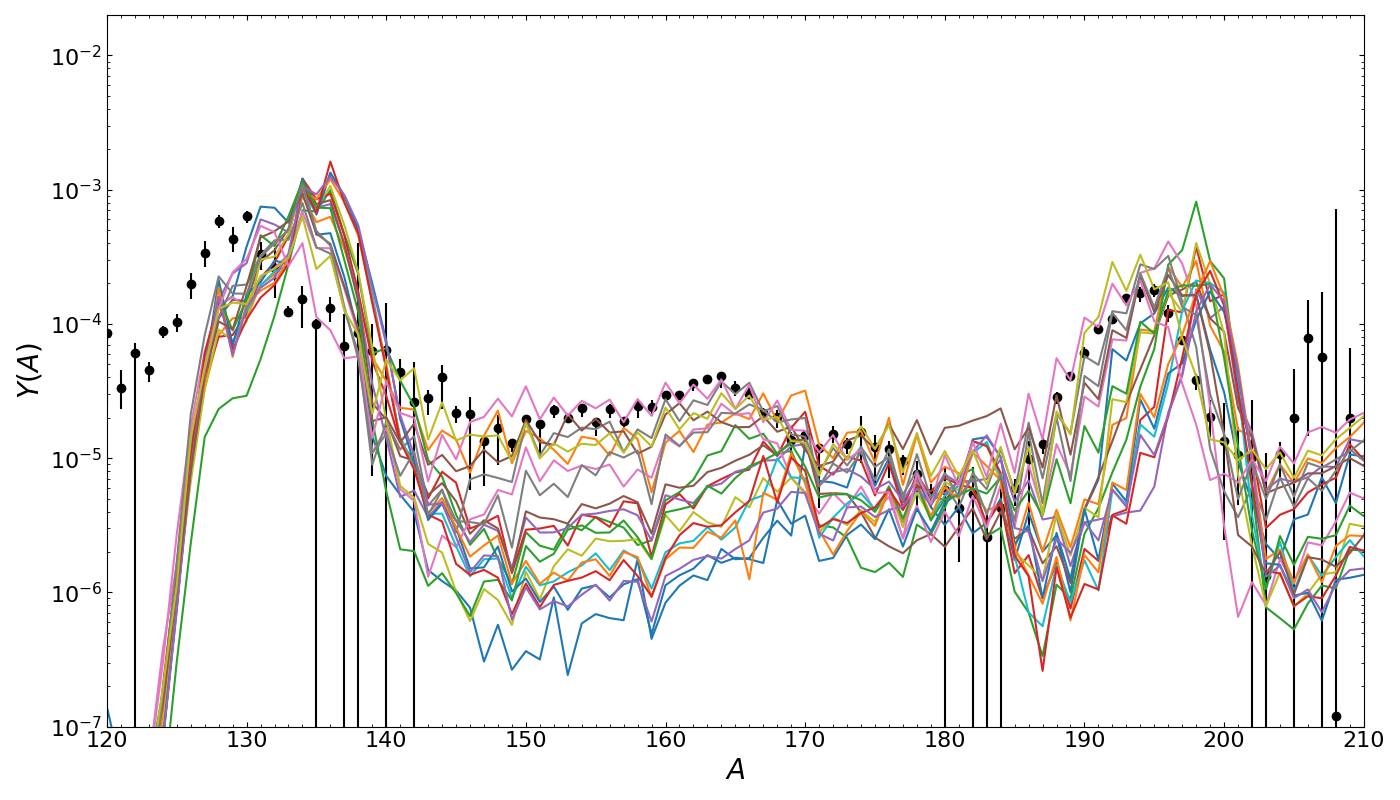
Final abundances using 20 mass models given the same astro. conditions
The $N=126$ shell closure acts as the gatekeeper to actinide production
If fission recycling: implications for lanthanide production and galactic chemical evolution
The $N=126$ shell closure

Critical for understanding actinide production
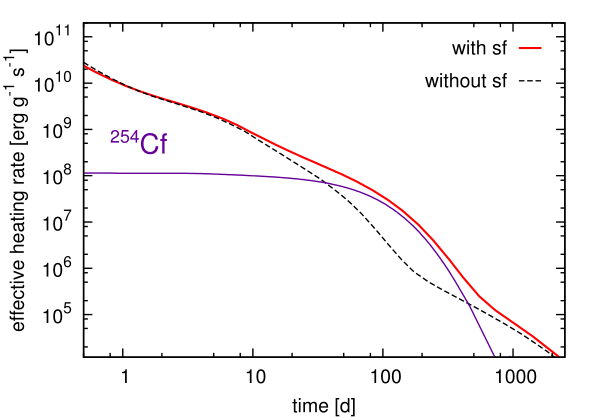
Is there any precursor to show that actinide nucleosynthesis has occurred in an event?... YES!
The spontaneous fission of $^{254}$Cf is the primary contributor to nuclear heating at late-time epochs
Producing actinides depends on the $N=126$ shell closure strength and hence impacts kilonova observations
Summary
The $N=126$ factory will give much needed insight to studies of nuclear structure
A strong $N=126$ shell closure is baked into current nuclear models
This has important implications for the $r$-process of nucleosynthesis...
The $N=126$ closure acts as the gatekeeper to actinide production
Astro. observations are influenced depending on production of high opacity elements
Even lanthanide production is influenced if fission recycling is active
This is important if we want to understand the history of element production in our galaxy
Results / Data / Papers @ MatthewMumpower.com